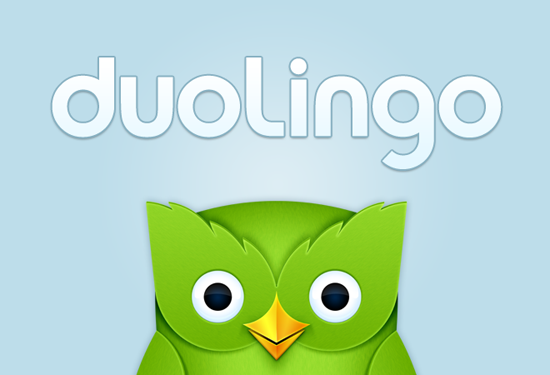

In this final part, we will explore how Duolingo is using a variety of strategies, from rewriting its courses to what it dubs Operation Birdbrain, to become a more effective learning tool, all while balancing the need to keep the growth and monetization engines stoked while en route to an IPO.ĭuolingo’s office decor. With growth and monetization secured, Duolingo is no longer in survival mode. With an enviable lead in its category, Duolingo wants to bring the quality and effectiveness of its curriculum on par with the quality of its product and branding. “I said this when we started Duolingo and I still really strongly believe it: The hardest thing about learning a language is staying motivated,” von Ahn said, comparing it to how people approach exercise: it’s hard to stay motivated, but a little motion a day goes a long way. That’s been the key focus for the company since the beginning. “What Duolingo does is to potentially entice students to do things you cannot pay them enough time to actually do, which is to spend time in that textbook and reinforce vocabulary and the grammar,” he said. While Dubreil doesn’t think Duolingo can teach someone to speak a language, he does think it has taught consistency - a hard nut to crack in edtech. Luis von Ahn, the co-founder of Duolingo, visiting President Obama in 2015. But that’s also not true with learning a language in a university, that’s not true with buying books, that’s not true with any other app.” “I won’t say that with Duolingo, you can start from zero and make your English as good as mine,” he said.

But for now, he is honest about the limits of the platform today. “It is something that allows people to make meaning and talk to each other and conduct the business of living - and when you do this, you use a tone of different kinds of resources that are not packaged in the vocabulary and grammar.”ĭuolingo CEO and co-founder Luis von Ahn estimates that Duolingo’s upcoming product developments will get users from zero to a knowledge job in a different language within the next two to three years. “Language is first and foremost a social, relational phenomenon,” said Sébastien Dubreil, a teaching professor at Carnegie Mellon University. It has a popular and meme-ified mascot in the form of the owl Duo, a creative and engaging product, and ambitious plans for expansion.There’s just one key question in the midst of all those milestones: Does anyone actually learn a language using Duolingo? It has pulled in 500 million total registered learners, 40 million active users, 1.5 million premium subscribers and $190 million in booked revenues in 2020.


 0 kommentar(er)
0 kommentar(er)
